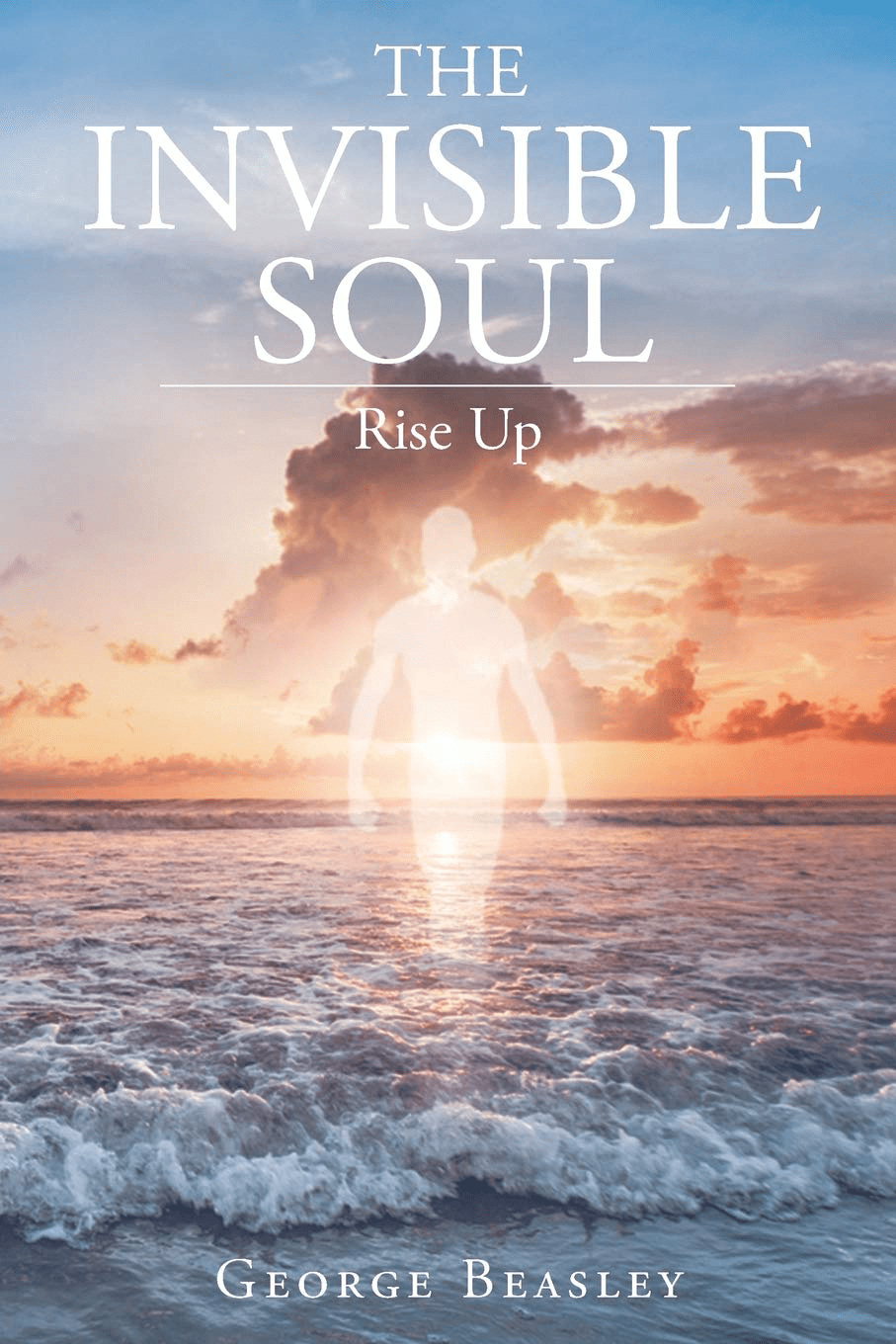If you are exposed to the sun all day long, it is very important to learn how to protect yourself from sunburn. Sunburn can be very painful and irritating, especially when you are out in the very open air. In just 15 minutes, the UV (ultraviolet) rays of the sun can damage your skin. The strongest UV rays are between 10 AM and 4 PM. Your environment can also impact how strong your skin is. It is important to find a way to prevent the sunburn from happening in the first place so that it does not get worse or damage your skin severely. In the United States, high UV exposure has been linked with skin cancer and premature ageing. Even though it isn’t sunny, UV rays can still cause skin cancer. By taking the right you can reduce your risk of getting skin cancer and prevent premature skin aging, like wrinkles, dark spots, and leathery skin.
Before we look at how to protect yourself, lets first look at the factors that affect UV exposure.
Factors that affect how much UV Radiation Your Skin is exposed to.
These include:
- Time of day: The strongest UV rays occur between 10 and 4 pm.
- Time taken: Your risk is greater the longer you leave your skin exposed.
- Distance from the Equator: The stronger the UV radiations, the closer you are to Earth’s Equator,
- Elevation: Higher elevation means more exposure.
- Reflection of surfaces: Sunlight may reflect off water, sand, or snow. This can increase UV ray exposure.
The Different Ways to protect your skin from Sun Exposure.
Here are seven easy ways to reduce your UV exposure and protect your skin from the sun.
- Select the right sunscreen.
Sunscreen can be used to reduce your skin cancer risk and early signs of skin aging due to the sun. Everyone should use sunscreen whenever they are outdoors, except for babies younger than six months. It is important to select the right sunscreen when choosing sunscreen for your baby. Use sunscreen of at least 30 SPF daily to prevent getting sunburn easily. Apply it evenly 20 minutes before you go outside and then apply it continuously throughout the day, every time you are in the sun. Your skin needs to have sunscreen applied to it at least two times each day. You should always buy your sunscreen from a reputable skincare professional so that you will not be wasting money on a product that will not do you any good. If you are not sure about which product is best for your type of skin, then ask your skincare professional which brand and product that they would recommend for you. Homecler.com reviews 10 sunscreens from K-beauty.
You must apply sunscreen effectively. Sunscreen should be applied liberally, so that it will absorb into the pores. Sunscreen should always be reapplied throughout the day. Never wear sunscreen that has become dull or worn because it will not provide you with enough protection. You can wear a broad-spectrum sunscreen that protects against both ultraviolet A (UVA), and ultraviolet B (UVB) as well as harmful UV rays. Look for a sunscreen with a sun protection factor (SPF) of 40 or above so that your skin is protected from excessive rays. It is also important if it is Water-resistant. While sunscreen may be water-resistant, it is not waterproof nor sweatproof. It is important to apply sunscreen frequently, especially if swimming or sweating.
How much sunscreen should I apply?
The “teaspoon Rule” is a great way of ensuring that you have enough sunscreen to protect your skin. These guidelines suggest that you apply a teaspoon-sized amount sunscreen.
- Apply one teaspoon to your neck and face.
- Take one teaspoon per arm.
- Put two teaspoons on your front body.
- Two teaspoons on your back.
- Two teaspoons per leg
- Protective clothing is recommended.
Protecting yourself from the sun also includes wearing clothing that protects you from both UVA and UVB rays. While covering up with clothing can reduce your UV exposure, different types of clothing provide different levels of protection. Look out for garments with a UV protection rating (UPF). Higher numbers mean more protection against UV rays.
These types of clothing provide the greatest protection.
- Fabrics with a higher density (e.g., Denim is a thinner fabric than other thin fabrics (e.g., cotton
- Darker colors
- Dry fabrics
- Buy Yourself a wide-brimmed hat
If you want to know how to protect yourself from the sun without spending too much money on sunscreens, then you should purchase a hat that protects your face and neck. When purchasing your hat, look for one that has a wide brim and includes a wide-brimmed straw. Baseball caps have been designed with wide-brimmed hats in mind. They have been designed to absorb ultraviolet rays and filter them out of the atmosphere before they reach you. A hat with a brim at least three inches wide is a good way to reduce your exposure to the sun’s ultraviolet rays. You may not be able to protect your entire face with baseball caps or other hats that have a narrower brim, such as your nose and ears. However, do not wear baseball caps when you are working outdoors as it will only serve to increase your exposure to damaging UV rays.
- Sunblock.
If you want to know how to protect yourself from the sun without spending too much money on sunscreens, then you can purchase sunblock. Sunblock should be applied on exposed skin and left on overnight. This will block both UVA and UVB rays and it will also prevent the onset of wrinkles by protecting your skin from these rays. It should be reapplied regularly to ensure that your skin remains protected from the sun’s rays.
- Sunglasses can protect your eyes.
Sunglasses can protect your eyes and skin from the sun. You can’t judge the effectiveness of sunglasses on protecting you from the sun by just looking at their color. Look for Bvlgari polarized sunglasses that block 99 to 100% of UVA or UVB rays.
- Find shade wherever you can.
Shade can be a great way for you to go outside and limit your UV exposure. It doesn’t matter if you choose to shelter under a tree, or build a tent on a beachfront, shade is important, especially during the hottest hours of the day. Babies should be protected from the sun. Babies younger than 6 months old should be covered with umbrellas, hats, or strollers.
- Avoid the sun at peak times.
Between 10 AM and 4 PM, the sun’s UV rays shine brightest. If you have to be outdoors during this time, try to remain in the shade or avoid it entirely if possible.
Conclusion
If you have ever asked the question, “How to protect myself from the sun” without having a clue of how to protect yourself from the sun, then you can learn the answers to that question from a skincare professional. When looking for a professional who can educate you on the benefits of wearing sunscreen, you should take your search online. You can find local professionals by doing a simple search in your local area and finding out who local dermatologists are. Another great source of information on this topic would be your friends and family who may have already done some research on the matter, or you could even ask or check a trusted website such as homecler.com or Google. These types of websites offer a wealth of information and products to help you keep your skin looking beautiful and healthy even during the summer months. All it takes is a little time and some research to learn how to protect yourself from the sun and a great skincare professional will help you accomplish just that!
My name is Sardar Ayaz a professional content writer and SEO expert having Proven record of excellent writing demonstrated in a professional portfolio Impeccable grasp of the English language, including idioms and current trends in slang and expressions. I have ability to work independently with little or no daily supervision with strong interpersonal skills and willingness to communicate with clients, colleagues, and management.
I can produce well-researched content for publication online and in print, organize writing schedules to complete drafts of content or finished projects within deadlines. I have 12 years’ experience to develop related content for multiple platforms, such as websites, email marketing, product descriptions, videos, and blogs.
I use search engine optimization (SEO) strategies in writing to maximize the online visibility of a website in search results











